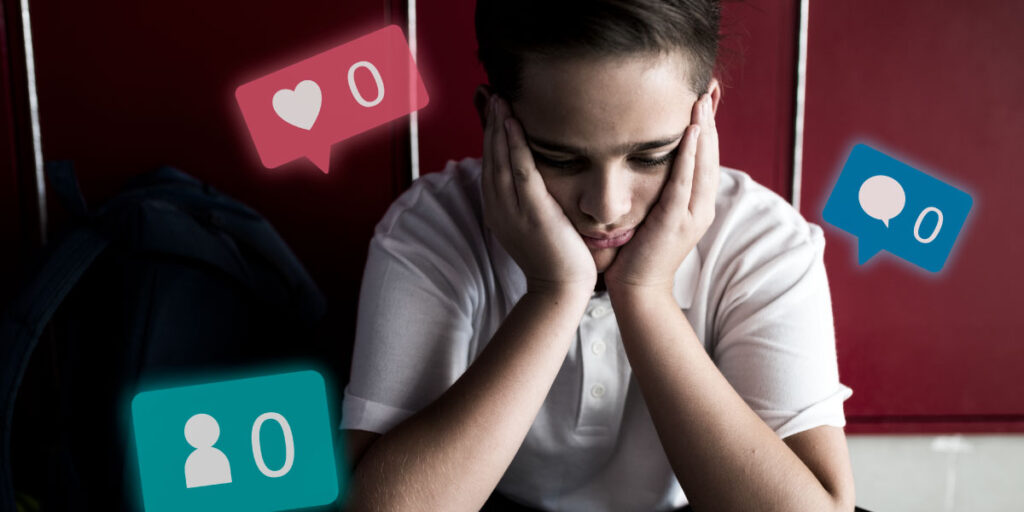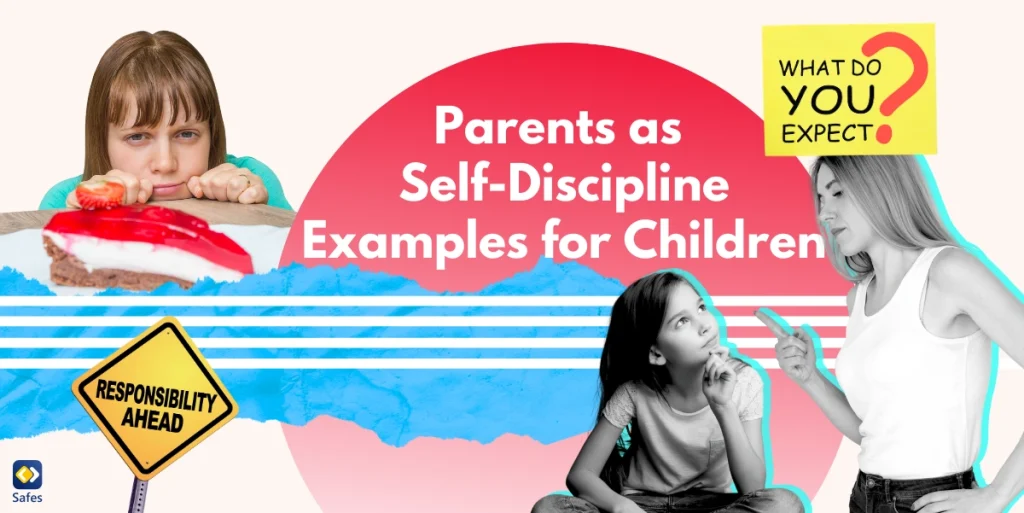You’ve probably experienced it before, the alarm goes off, but you snooze it for five minutes. However, those five extra minutes don’t add to you being more energized or well-rested. Or you’d rather scroll through Instagram than read that book you bought weeks ago. These are both examples of instant gratification. Today’s fast-paced digital world is feeding the need for immediate pleasure, with every swipe, our brain gets to a dopamine-level that cannot be gotten from anywhere else at that speed. This will motivate us to use social media more to stay in the continuous loop of dopamine and receive instant satisfaction. As parents, it’s crucial to break this loop when you notice this behavior in your child. In this blog, we’re going to help you understand the meaning of instant gratification, what factors play a role, and how you can set healthy boundaries for your children to stop this phenomenon.
Download and Start Your Free Trial of the Safes Parental Control App
Understanding Instant Gratification
First, let’s define instant gratification, it means choosing a small, quick reward now instead of a bigger reward later. For example, even when we want something enjoyable like food or entertainment, we usually don’t think, “I’m hungry, and that meal looks good, but waiting an hour is better.”
This desire for immediate happiness is a natural part of being human. It likely helped both our ancestors and us survive. Back then, making decisions for the present was more important than planning for the far-off future.
While it’s smart to get ready for what’s coming, getting immediate rewards was more important when dealing with dangers or seizing chances to eat, especially in times when food was scarce. On the other hand, there’s also delayed gratification, when we choose to wait for a bigger reward later instead of getting a smaller reward now. Even though waiting is usually better, we struggle every day because we’re tempted by what we want right away.
Factors Leading to Instant Gratification
Even though instant gratification has always been part of human beings, in the digital age there are plenty of factors that increase this habit in us. Instant gratification has become especially widespread in the age of technology due to several interconnected factors:
- Access to Information and Entertainment: The digital era has made it incredibly easy to access information, entertainment, and services at any time and from almost anywhere. The convenience of getting what we want right away has become a norm.
- Fast Communication: Communication tools like social media and messaging apps allow us to receive responses and interactions in real-time. This has fostered a sense of instant validation and satisfaction when we receive likes, comments, or messages promptly after posting something.
- On-Demand Services: Services like ridesharing, food delivery, and online shopping have redefined our expectations for convenience. The ability to have products and services brought to our doorstep within a short period reinforces the desire for immediate fulfillment.
- Social Media and FOMO: Social media platforms showcase the highlights of people’s lives, creating a fear of missing out (FOMO) if we’re not constantly engaged. This fear drives us to seek quick, frequent updates and interactions to feel connected and up to date.
- Personalization Algorithms: Algorithms are used to tailor content and recommendations to individual preferences. This creates a sense of connection and relevance, increasing the appeal of using these platforms.
All in all, the age of technology has heightened our expectation for immediate results and rewards due to the seamless access to information, services, and entertainment. This instant gratification culture can impact not only your, but also your children’s patience, decision-making, and overall satisfaction, potentially affecting our ability to focus on long-term goals and delayed rewards.

The Psychological Impact on Children
The increase in instant gratification can be seen in adults as well as children, however, the increase in children seems more impactful. Researchers have been interested in how people can resist immediate pleasure, but they didn’t start testing this until the early 1970s. One psychologist named Walter Mischel, who led the famous Stanford Marshmallow Study, did an experiment with young children. He gave them a choice between marshmallows and pretzel sticks. He told them they could eat the treat right away, or if they waited for 15 minutes, they would get more treats. Then he left the room and came back later to see if the child ate the treat or waited for more.
In 1990, the researchers checked on these same children again. They found out that the children who waited for more treats had better school performance, according to what their parents said. Mischel thought that the children who waited were better at dealing with things that didn’t go their way and handling stressful situations.
Encouraging Delayed Gratification
As we know now, it’s crucial for children to develop delayed gratification. Parents can promote this by monitoring their children’s online behavior to ensure their online safety and promote non-digital activities.
Online Safety and Responsible Tech Use
To promote your child’s online safety, you can think about using a parental control app, like Safes. With safes you can monitor the content that your child consumes, to make sure they don’t use any inappropriate social media. Another feature Safes has is screen time limits. This way they can make use of the benefits of social media and technology, but in moderation. Even when using a parental control app, it remains important to communicate with your child about the importance of their online safety. Try to clarify that a parental control app is only there to help them stay safe. By reducing social media use, with the help of parental controls, your child will start to develop delayed gratification.
If you’re interested in trying the Safes Parental Control app, you can download the app on Android and iOS devices. For more information on the setup process, check out these links:
- Windows parental controls
- Macbook parental controls
- Parental controls on android
- iPhone parental controls
Try it free for 14 days, available on both all of these platforms.
Setting Healthy Boundaries
To set healthy boundaries around technology use to develop delayed gratification, a parental control app might not be sufficient. When you take away social media and online activities, you have to replace it with fun offline activities. You can think about starting DIY activities to connect with your children, play with your pets, or cook together. Activities that take a long time to pay off, give will teach children to be patient and even result in more satisfaction and happiness later in their lives. To incorporate these new habits into your child’s daily schedule, you can use a printable habit tracker and make it fun for them to keep track of their new hobbies.

Conclusion
In this blog, we’ve explored the concept of instant gratification and discussed effective ways to help your children overcome it. By sharing relatable instant gratification examples, we aimed to shed light on the fact that we’ve all experienced its pull at some point. To counteract this tendency, parents can utilize parental control tools as valuable allies in guiding their children toward healthier habits. As the famous poet Judith Wright put it, “As we get past our superficial material wants and instant gratification, we connect to a deeper part of ourselves, as well as to others, and the universe.” This quote underlines the importance of delayed gratification. Parents play a crucial role in guiding their children’s online behavior, fostering mindful digital engagement.
Your Child’s Online Safety Starts Here
Every parent today needs a solution to manage screen time and keep their child safe online.
Without the right tools, digital risks and excessive screen time can impact children's well-being. Safes helps parents set healthy boundaries, monitor activity, and protect kids from online dangers—all with an easy-to-use app.
Take control of your child’s digital world. Learn more about Safes or download the app to start your free trial today!




